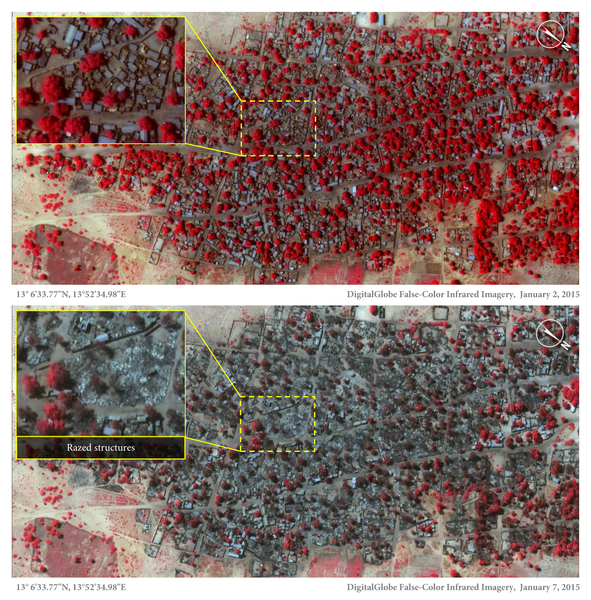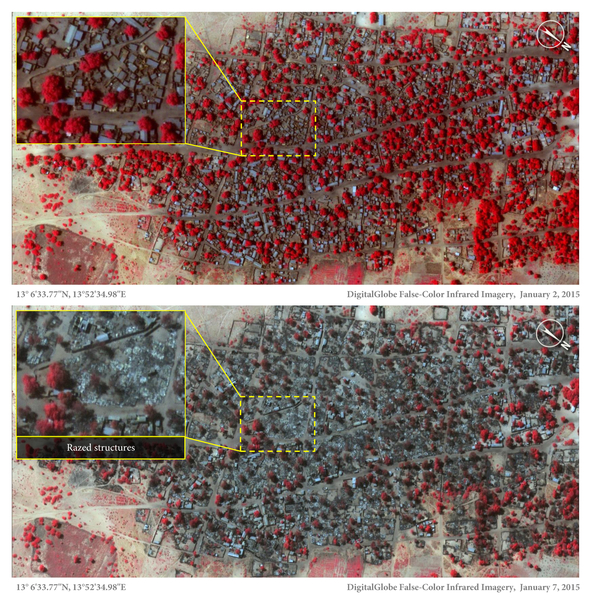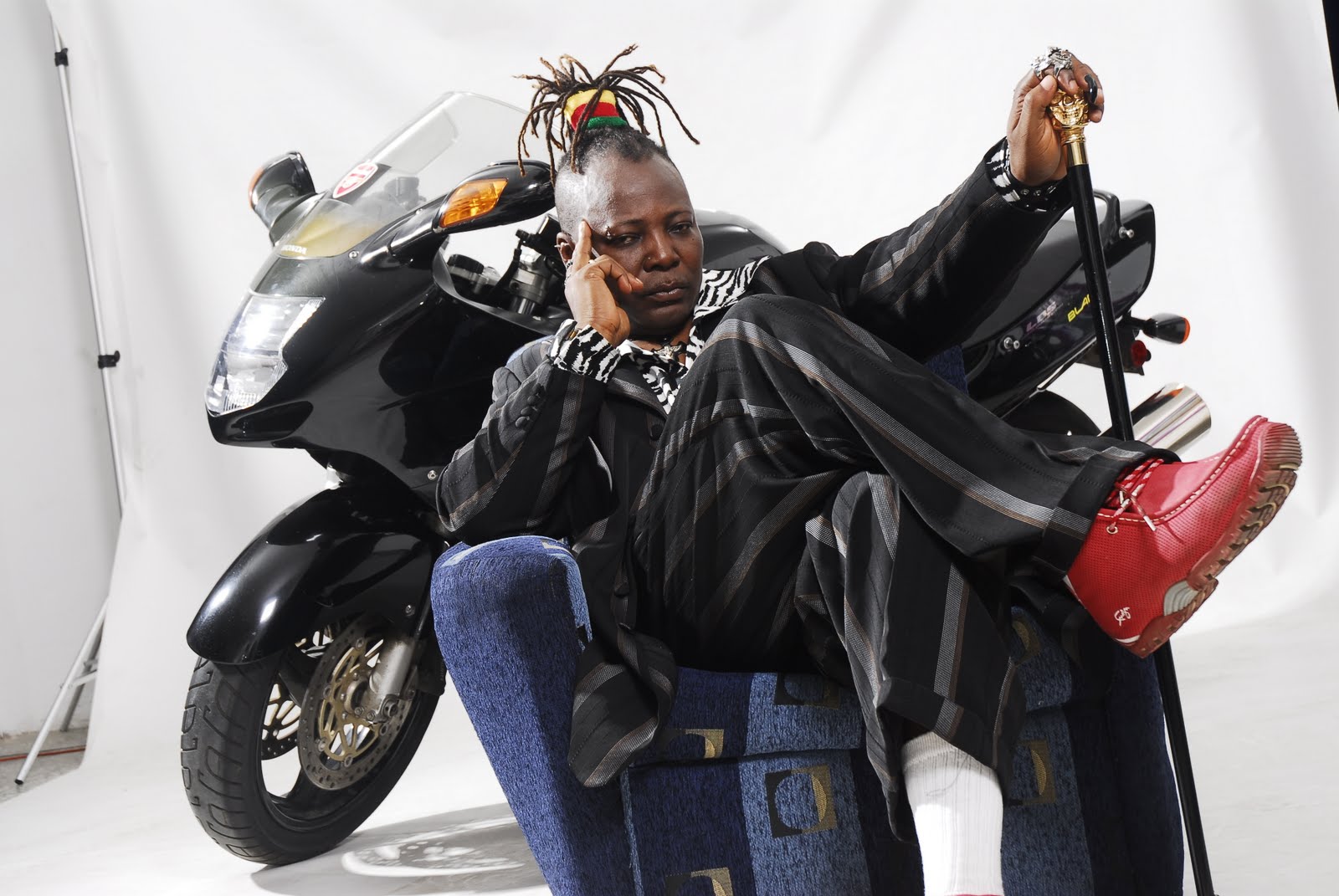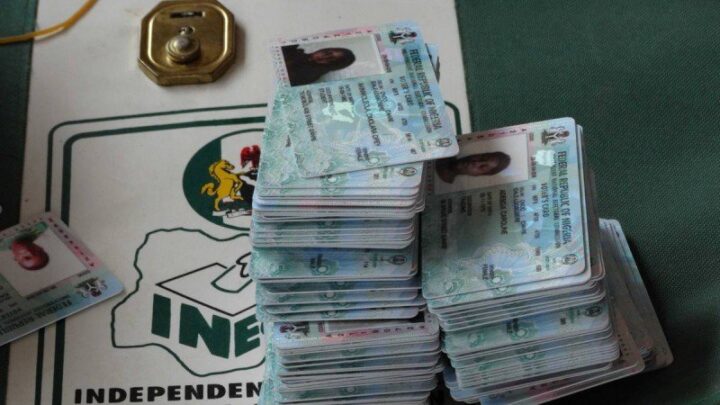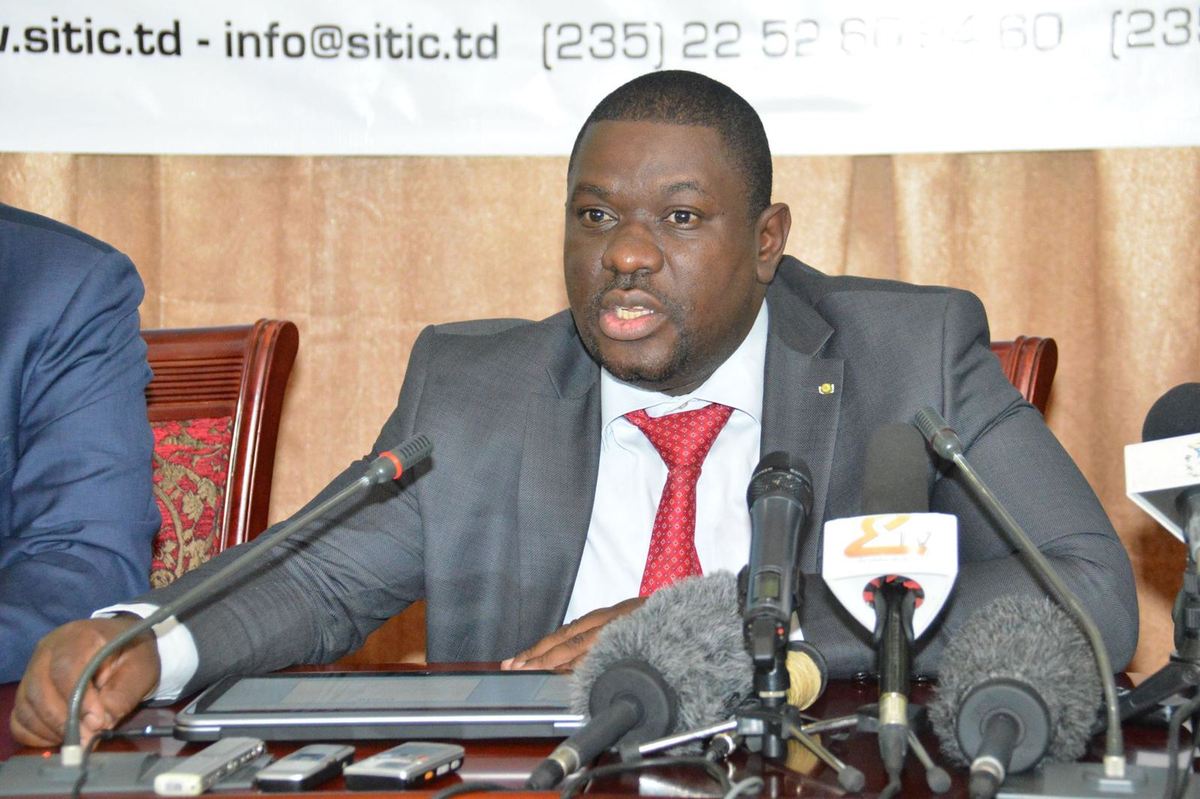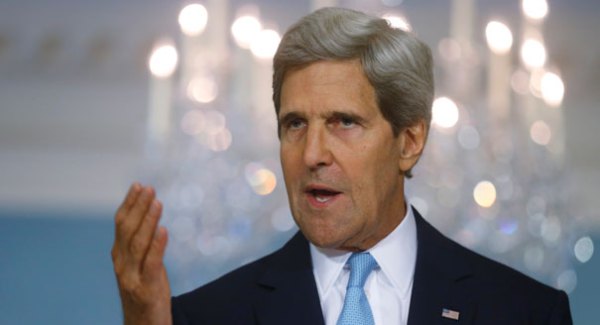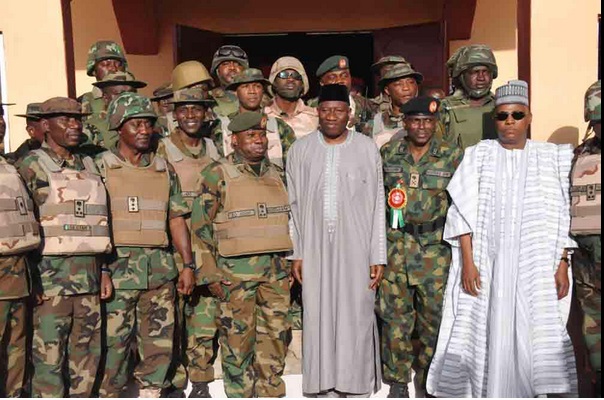Amnesty International has released satellite images of Boko Haram’s mass-casualty attack on Baga, contrary to claims of the military that only about 150 people died.
Amnesty had described the Baga attack as possibly the deadliest in the history of insurgency in the country, saying more than 2000 people were killed.
But the Nigeria defence headquarters disputed the figure of casualties, insisting that there was no way up to 150 would have been killed, as the town had witnessed exodus of residents due to previous attacks.
But citing the images taken between January 2 and 7 and published on its website on Thursday, the human rights watchdog stated that about 620 structures were destroyed at Baga while at least 3, 100 structures were also destroyed at Doron Baga, a neighbouring town.
Advertisement
It quoted Daniel Eyre, its Nigeria researcher, as saying the detailed images show devastation of catastrophic proportions in two towns, one of which was almost wiped off the map in the space of four days.”
“Of all Boko Haram assaults analysed by Amnesty International, this is the largest and most destructive yet. It represents a deliberate attack on civilians whose homes, clinics and schools are now burnt out ruins,” Eyre said.
“The analysis shows just two of the many towns and villages that fell victim to a series of Boko Haram attacks, which began on 3 January 2015.
Advertisement
“In Baga, a densely populated town less than two square kilometres in size, approximately 620 structures were damaged or completely destroyed by fire.
“In Doron Baga, more than 3,100 structures were damaged or destroyed by fire affecting most of the 4 square kilometre town. Many of the wooden fishing boats along the shoreline, visible in the images taken on the 2 January, are no longer present in the 7 January images tallying with eye witnesses’ testimony that desperate residents fled by boat across Lake Chad.
“Thousands of people have fled the violence across the border to Chad and to other parts of Nigeria including Maiduguri, the capital of Borno state. These people are adding to the hundreds of thousands of internally displaced people and refugees who have already stretched the capacity of host communities and government authorities. Amnesty International is calling on the governments of Nigeria and Chad to ensure these displaced people are protected and provided with adequate humanitarian assistance.”
Advertisement
Eyre said the destruction shown in the images matched the horrific testimonies that Amnesty International had gathered, adding that interviews with eyewitnesses as well as with local government officials and local human rights activists suggested that Boko Haram militants shot hundreds of civilians.
“A man in his fifties told Amnesty International what happened in Baga during the attack: ‘They killed so many people. I saw maybe around 100 killed at that time in Baga. I ran to the bush. As we were running, they were shooting and killing.’ He hid in the bush and was later discovered by Boko Haram fighters, who detained him in Doron Baga for four days.
“Those who fled describe seeing many more corpses in the bush. ‘I don’t know how many but there were bodies everywhere we looked,’ one woman told Amnesty International.
“Another witness described how Boko Haram were shooting indiscriminately killing even small children and a woman who was in labour. ‘[H]alf of the baby boy is out and she died like this.’
Advertisement
“Boko Haram fighters have repeatedly targeted communities for their perceived collaboration with the security forces. Towns that formed state-sponsored militia groups known as the Civilian Joint Task Force (Civilian JTF) have suffered particularly brutal attacks. Civilian JTF groups were active in Baga and a senior military official confirmed to Amnesty International confidentially that at times the military took these members on operations to attack Boko Haram positions. A witness told Amnesty International that during the attack on Baga that he heard Boko Haram fighters saying they were searching for Civilian JTF members, as they went house to house shooting men of fighting age.
“After the attack on Baga, witnesses describe how Boko Haram drove into the bush rounding up women, children and the elderly who had escaped. According to one woman who was detained for four days, ‘Boko Haram took around 300 women and kept us in a school in Baga. They released the older women, mothers and most of the children after four days but are still keeping the younger women.'”
Advertisement
Amnesty International called on Boko Haram to stop killing civilians, saying the deliberate killing of civilians and destruction of their property are war crimes and crimes against humanity that must be duly investigated.
It also urged the government to take all possible legal steps to restore security in the north-east and ensure protections of civilians.
Advertisement
“Up until now, the isolation of the Baga combined with the fact that Boko Haram remains in control of the area has meant that it has been very difficult to verify what happened there,” Eyre added.
“Residents have not been able to return to bury the dead, let alone count their number. But through these satellite images combined with graphic testimonies a picture of what is likely to be Boko Haram’s deadliest attack ever is becoming clearer.”
Advertisement
“This week, Nigeria’s Director of Defence Information stated that the number of people killed in Baga including Boko Haram fighters ‘has so far not exceeded about 150’. These images, together with the stories of those who survived the attack, suggest that the final death toll could be much higher than this figure.”
Add a comment

